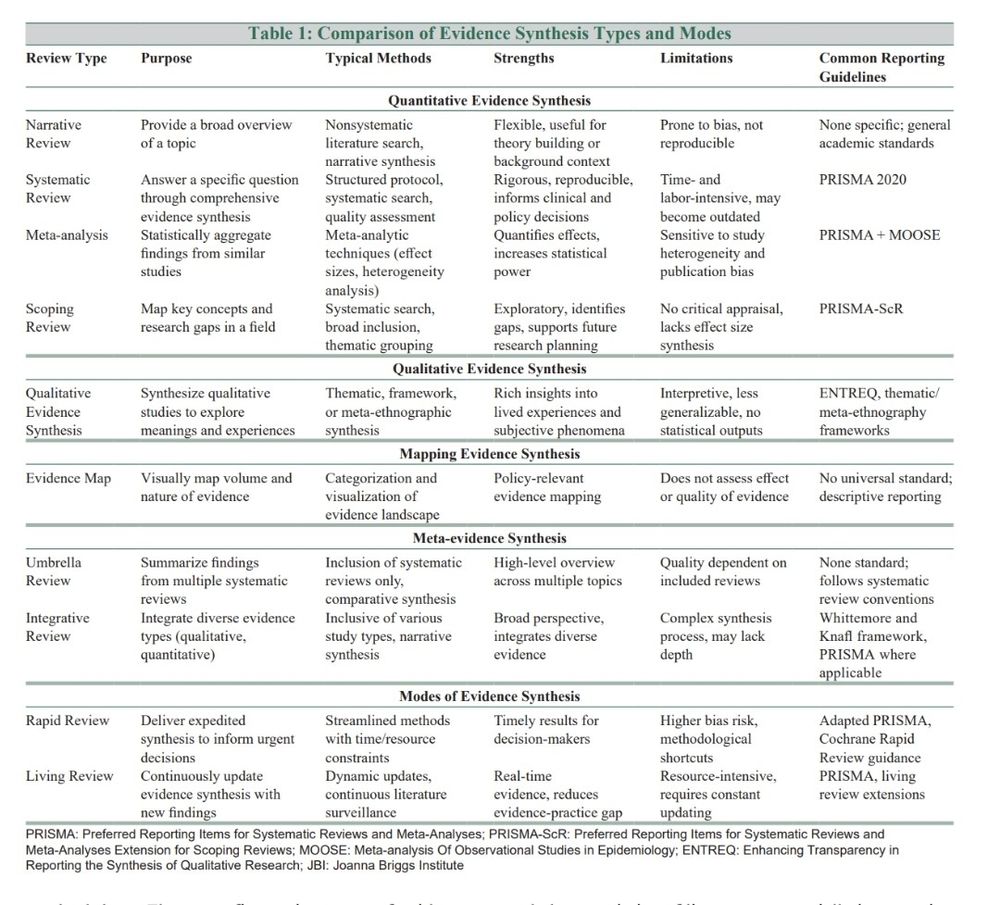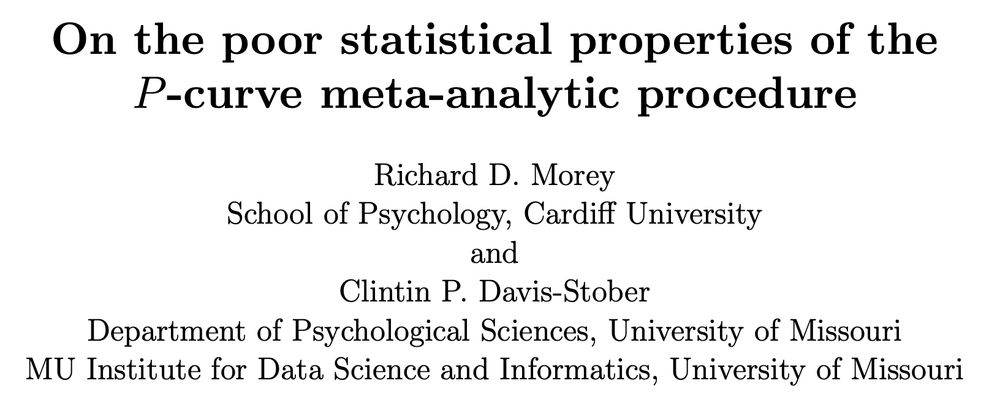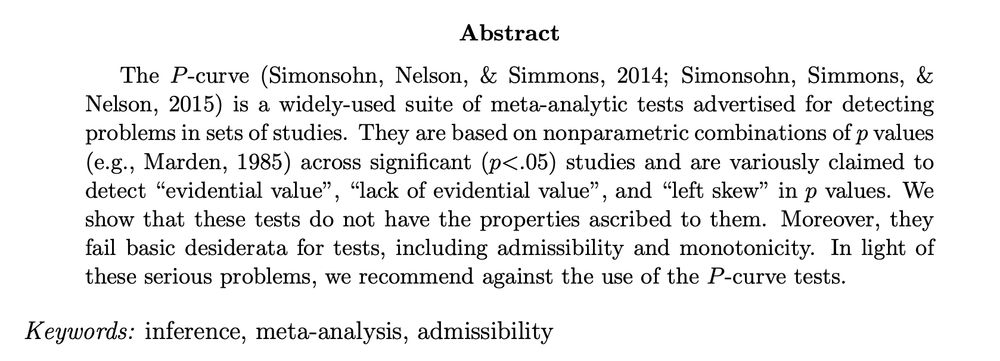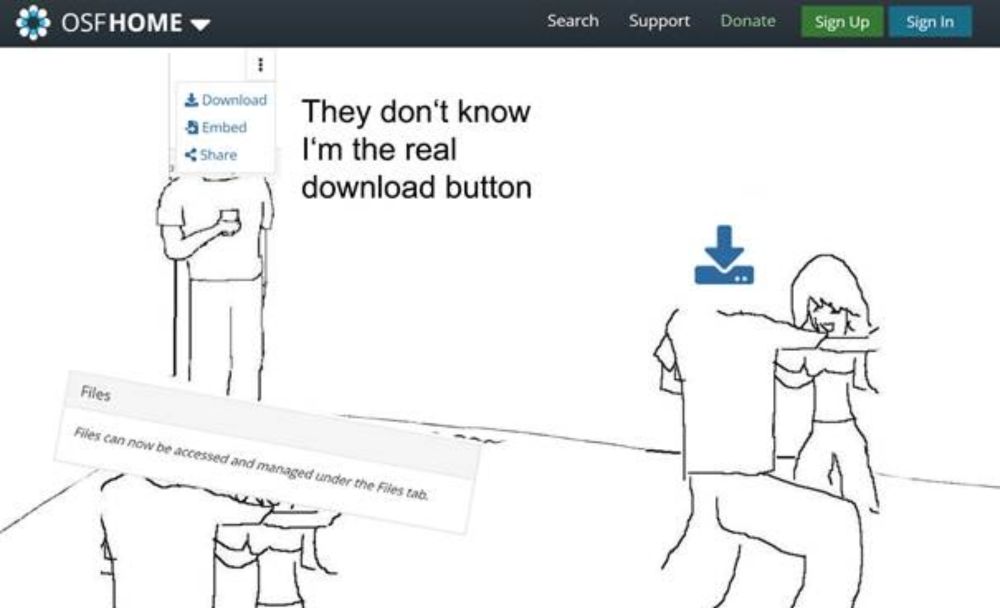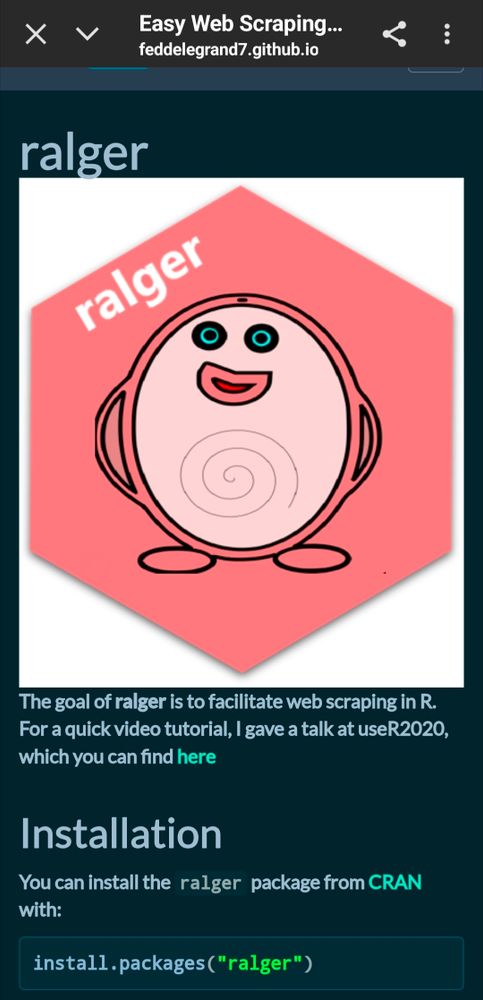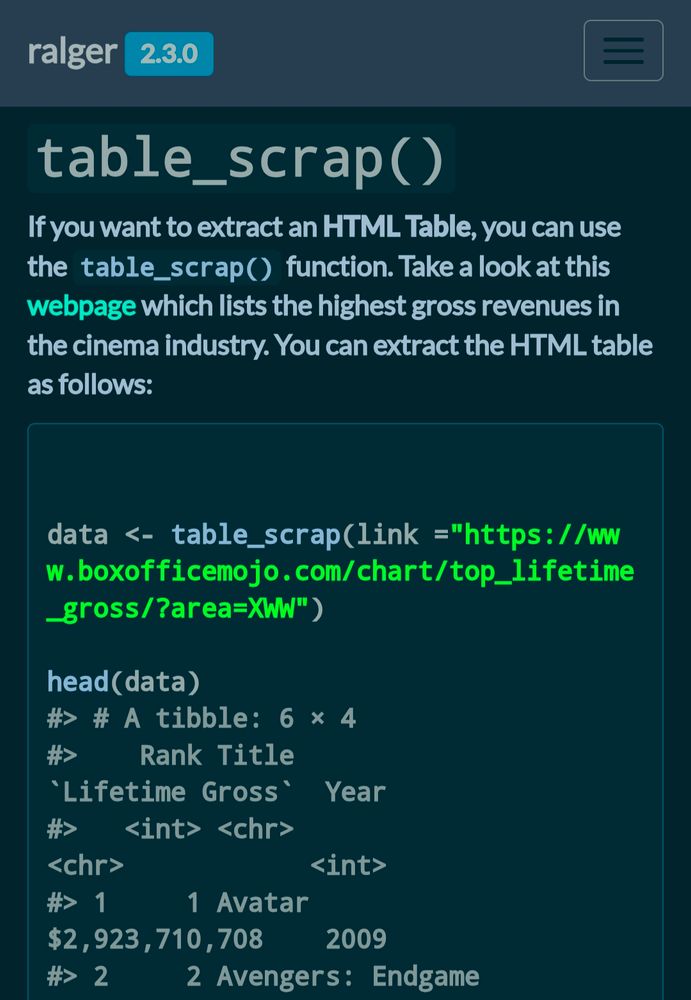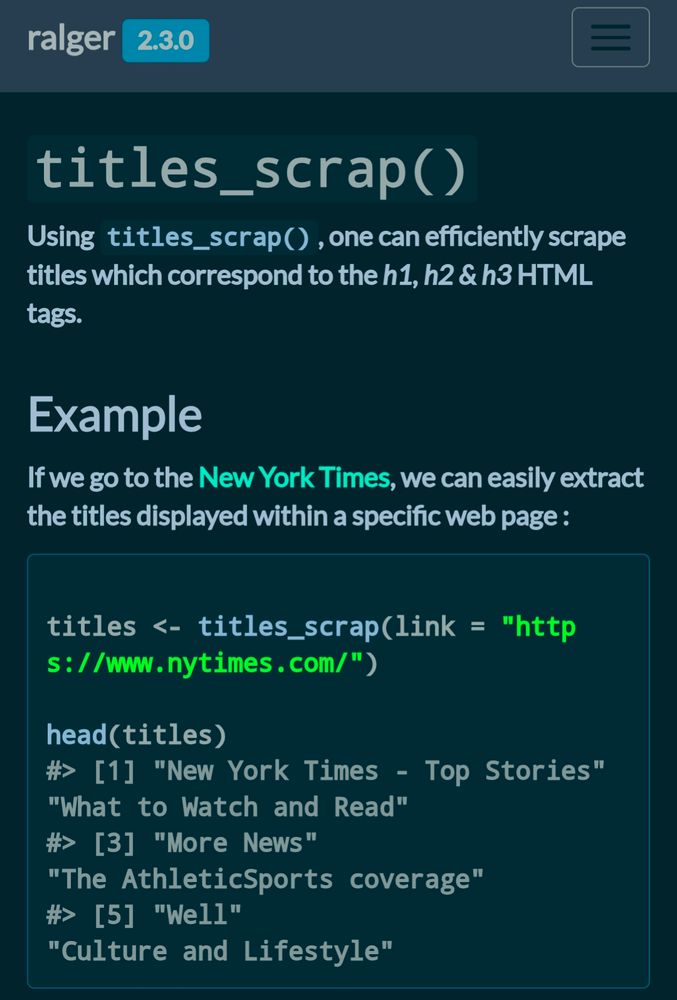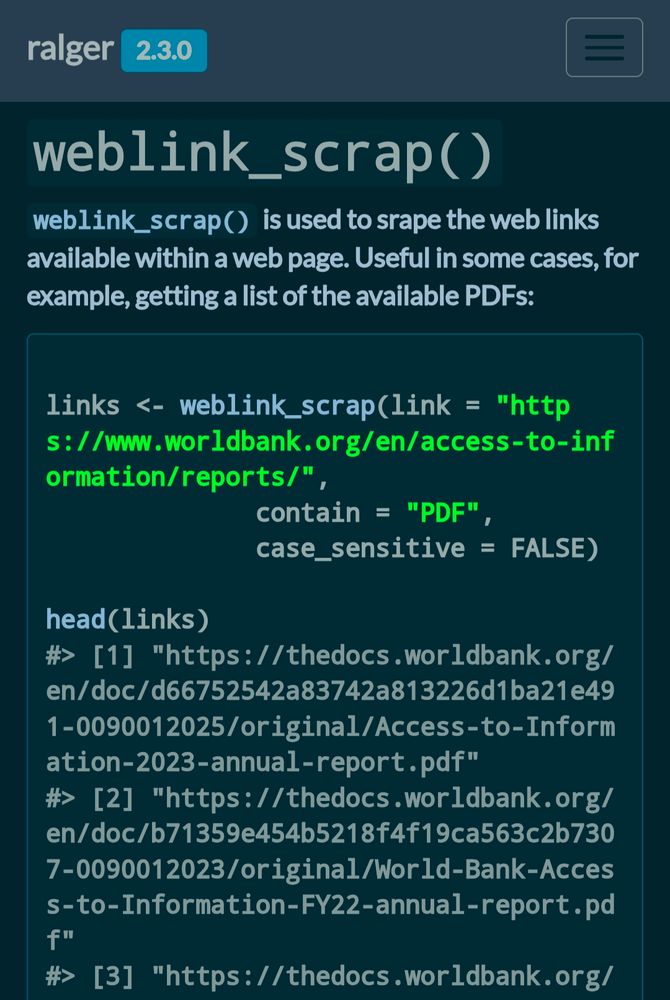Lenni
@leonhardreiter.bsky.social
85 followers
120 following
53 posts
Psychologist cosplaying as a Marketing PhD Student @ Uni Vienna. Interested in how people use and evaluate new technologies, research syntheses and cats.
Posts
Media
Videos
Starter Packs
Reposted by Lenni
Reposted by Lenni
Reposted by Lenni
Reposted by Lenni
Reposted by Lenni
Reposted by Lenni
Lenni
@leonhardreiter.bsky.social
· Jul 18
Reposted by Lenni





